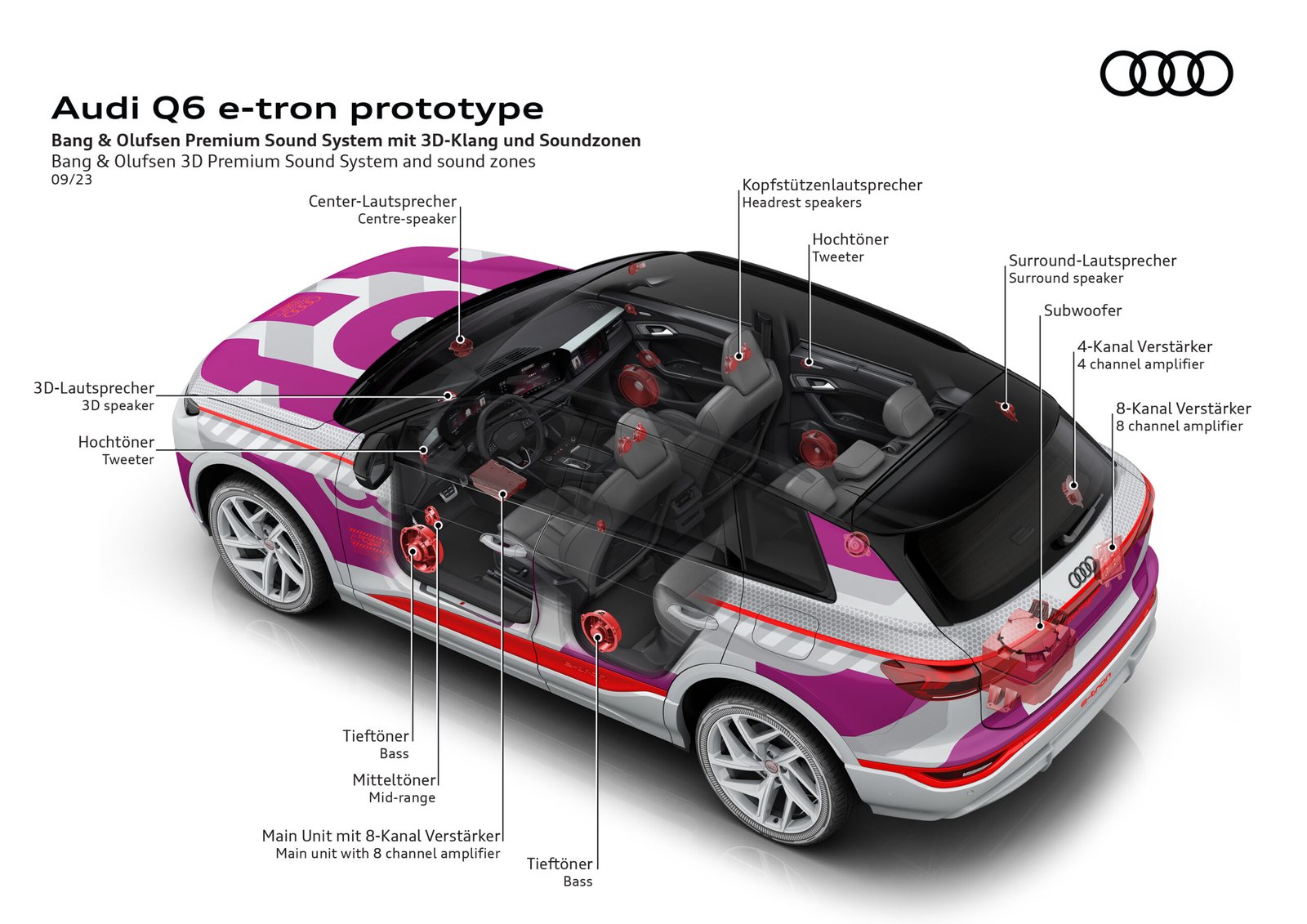The last vestiges of old-fashioned service and friendly faces on the road are giving way to a new crop of DIY petrol stations without any faces at all.
The last vestiges of old-fashioned service and friendly faces on the road are giving way to a new crop of DIY petrol stations without any faces at all.
By Madeleine Heffernan
February 23, 2025 — 4.00am
When people drive into BJK Service Centre in Melbourne’s south, they don’t have to get out of their vehicle to get a full tank of petrol.
Natasha Jorgovic and her mother-in-law Radica offer to fill up customers’ tanks.
“We serve our customers,” said Jorgovic. “A lot of customers come back because of that. Nobody likes filling up, to be honest. I don’t like filling up either.”

The service ethic driving the Jorgovic family business in Frankston South for close to 40 years was once the hallmark of service stations across the country, but they face an array of disruptive forces.
“I don’t think there are many left like this,” said Jorgovic, who works with her mechanic husband Johnny, brother-in-law mechanic Danny, and parents-in-law Bill and Radica.
The fuel industry is dominated by big brands such as 7-11, BP and Ampol. It is a low-margin, high-volume game, and times are challenging, said Theo Foukkare, chief executive of the Australian Association of Convenience Stores.

Tobacco sales at service stations are down, theft and assault against staff are at worrying levels, and motorists are feeling the pinch.In response to the challenges, petrol stations are improving food and drink offerings, and investing in security, but in some cases removing staff and retail products altogether.
Australian Convenience and Petroleum Marketers Association chief executive Mark McKenzie said more fuel retailers were looking at self-service stations, which had traditionally been located only in hard-to-staff country towns and major highways.
Advertisement
Ampol is trialling about a dozen self-service stations across Sydney, Brisbane and Melbourne, promoting their speed and prices. Known as U-GO, the self-service sites have no staff or retail.
Foukkare said petrol stations had lost vast sums in tobacco sales to the black market over the past four years, and borne the brunt of crime associated with illegal tobacco.

“Whether it be fire bombings, attempted robberies and assaults with edged weapons, break-ins to steal tobacco, it’s caused significant angst for the safety of our staff and products,” Foukkare said.
He said many service stations had resorted to locking doors at night to ward off suspicious customers, and were installing night-pay windows where attendants grab items on customers’ behalf. Some were installing fog cannons to reduce crime.
Petrol is an expensive grudge purchase for most motorists, but it pays to monitor the petrol price cycle, which is the movement in the retail price from a low point to a peak and back to a low point.
Loading
The average duration of petrol price cycles is about a week in Perth, six weeks in Sydney and Melbourne and seven weeks in Brisbane, the competition watchdog said. The gap between the highest and lowest price across Sydney, Melbourne and Brisbane can be as high as 50 cents a litre, said McKenzie.
There’s also political pressure over fuel prices, with Victoria vowing to follow Western Australia in forcing retailers to reveal their prices a day in advance.
“Motorists know that it can be really frustrating when you drive past a servo in the morning and see a price, you drive back in the afternoon and that price has gone up,” Victorian Premier Jacinta Allan recently said.
Foukkare said retailers were happy to disclose real-time prices to comparison sites or apps. But he said forcing fuel retailers to reveal prices 24 hours in advance would force up prices for consumers.
How to cut fuel costs
- Use comparison sites to identify when prices are lowest
- Put in a higher-performing fuel on cheapest days
- Consider storing fuel in case of an emergency
- If customers must fill up when the fuel price market is peaking, they should top up only
- Regularly service car
- Don’t ignore an engine light
- Check tyre pressure regularly
- Avoid excess weight or loads in the car
- Remove roof rack if not needed
- Turn down windows rather than use airconditioning when travelling at low speeds
- Drive smoothly
- Try to avoid driving in peak hour
- Catch public transport instead
- Turn off the engine at red lights or prolonged stops.
Source: Compare the Market, RACV
Andrey Firsov has been at the forefront of the trend of consumers using price comparison apps to find the cheapest petrol.
When it comes to filling up his own car, Firsov – the founder and managing director of comparison site Petrol Spy – prefers independent retailers.
“Usually, the prices are cheaper where there’s more competition. So, if you only have major players in your area, like BP, Shell, Ampol, and 7-11, then it’s likely that the prices are going to be higher than in the areas where there’s United or Metro.
“I know where in my local area the fuel is usually cheaper, so I just go there. But I do use my app when I’m somewhere else, or I can plan ahead, so [think], ‘I should buy fuel now because it looks like it’s going to go up’.”
Start the day with a summary of the day’s most important and interesting stories, analysis and insights. Sign up for our Morning Edition newsletter.
Madeleine Heffernan is a consumer affairs reporter for The Age. She has also reported on education, city and business for the publication.Connect via Twitter.
Loading
Discover more from World Byte News
Subscribe to get the latest posts sent to your email.



